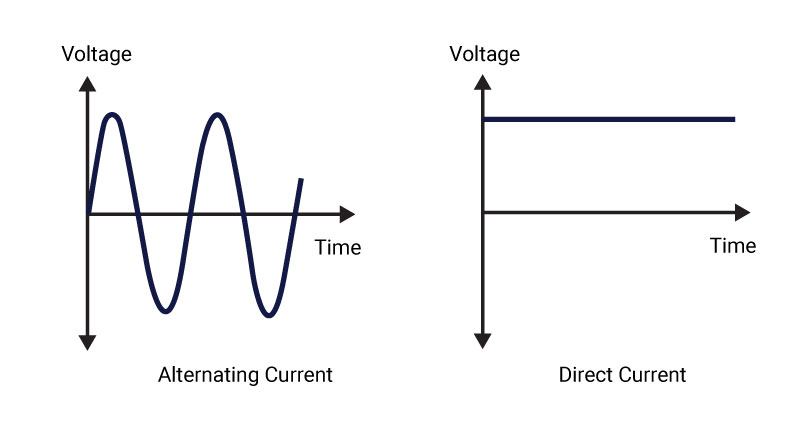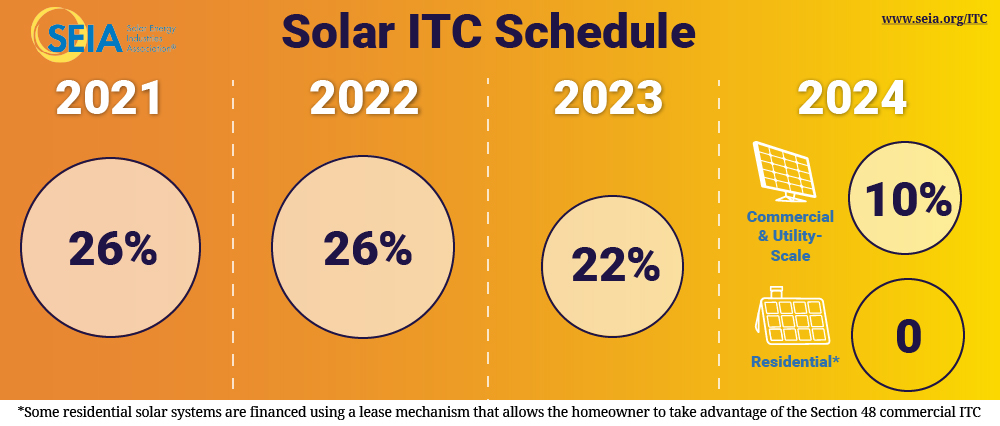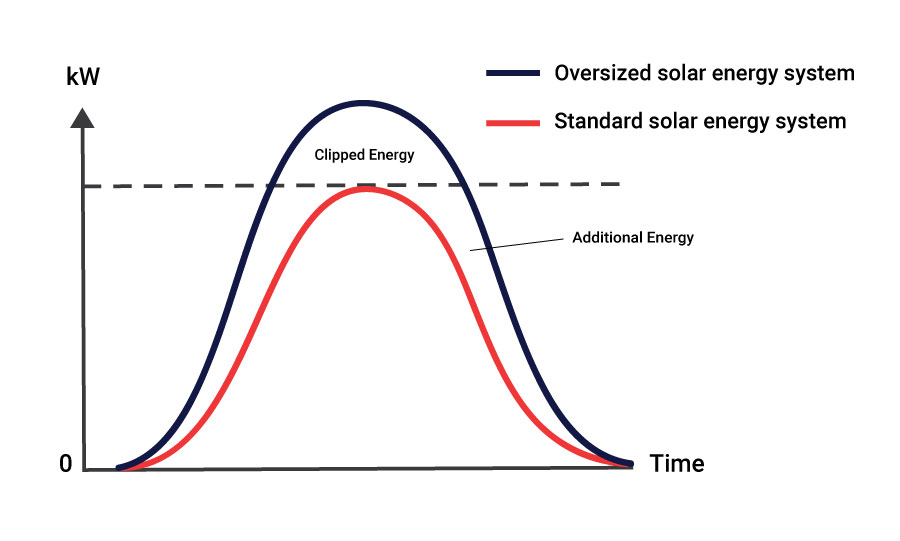SolarEdge Glossary
A
Alternating Current (AC)
Expressed as a sine wave, the current of AC passes through zero when it changes direction, which makes it a safer electrical current.

Azimuth
B
Backup
Battery
Battery Capacity
Battery Coupling
Bypass Diode
BOS (Balance of System)
C
CEC Weighted Efficiency
Cell Card
Commissioning
Community Solar
Clipping
D
Direct Current (DC)
type of electricity created by solar modules when solar rays hit them. This energy is converted into Alternating Current (AC) electricity to be used in our home.
DC/AC Ratio
E
Energy Storage
EPC
G
Grid
Uility infrastructure that is responsible for the transmission and distribution of electricity to consumers.
Grid-tied Solar Systems
Ground Mount Systems
H
HD-Wave
Family of inverters that is 25% smaller than the standard inverter and has 99% efficiency. SetApp enabled HD-Wave inverters do not have an LCD screen, and instead are remotely accessed using SetApp.
HD-Wave Technology
I
ITC
(Investment Tax Credit) Federal Tax Credit that is associated with installing solar on your home. Currently valued at 26% of solar system purchase, given in the form of a tax credit towards your tax liability. Tax credit for homeowners is slated to step down year over year until it reaches 0% in 2024. It is regarded as the most significant financial incentive for solar in the U.S.

I-V curve
J
Junction Box
K
kWh
Unit of energy or power measured over a period of time. We are charged by the utility company in an amount per kWh. Example: The amount of power that ten 100W lightbulbs use in one hour
kW
L
Levelized Cost Of Energy (LCOE)
M
MLPEs
MPPT
Meter
N
NEC 2014/NEC 2017
Net Metering
Non-SetApp
O
Off-grid
Operations and maintenance (O&M)
Oversizing

P
Panel Mismatch
Peak Demand
Photovoltaic (PV) Panel
Power purchase agreement (PPA)
PRISM Technology
PTO
PV Array
Power Density
Power Optimizer
PV Inverter
PV inverters were originally developed to convert direct current (DC) generated by PV panels to alternating current (AC) for use in the home or to feed into the grid. One of the most common types of inverters is a string inverter, which performs both conversion and MPPT at the string level.
Standard string inverters offer limited monitoring possibilities, create energy losses, limit design flexibility, and in some regions require the installation of additional safety hardware. Other types of inverters available are DC-optimized inverters and micro-inverters.
In recent years the role of the PV inverter has expanded into smart energy management, including storage, grid interaction, home energy, EV charging, monitoring, safety, and more.
PV Monitoring
R
Racking
The mounting system used to affix solar panels to the roof, building surface, or ground.
RMA
S
SafeDC Technology
Self-Consumption
SetApp
Single Phase Power
The Self-Generation Incentive Program (SGIP)
SMART
The SolarEdge Energy Hub
SolarEdge’s most advanced, versatile residential solution — a next generation inverter designed to meet every home energy need
- HD-Wave meets StorEdge to deliver record-breaking inverter efficiency, flexible whole home backup and superior performance
- Integrates the capabilities of existing SolarEdge residential inverters in one future-ready solution for all homeowner needs